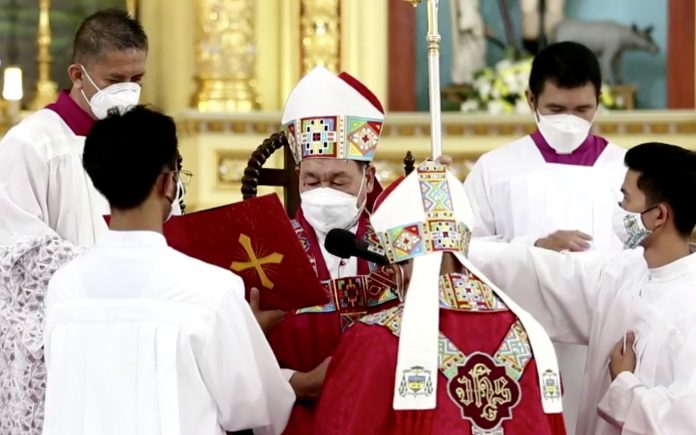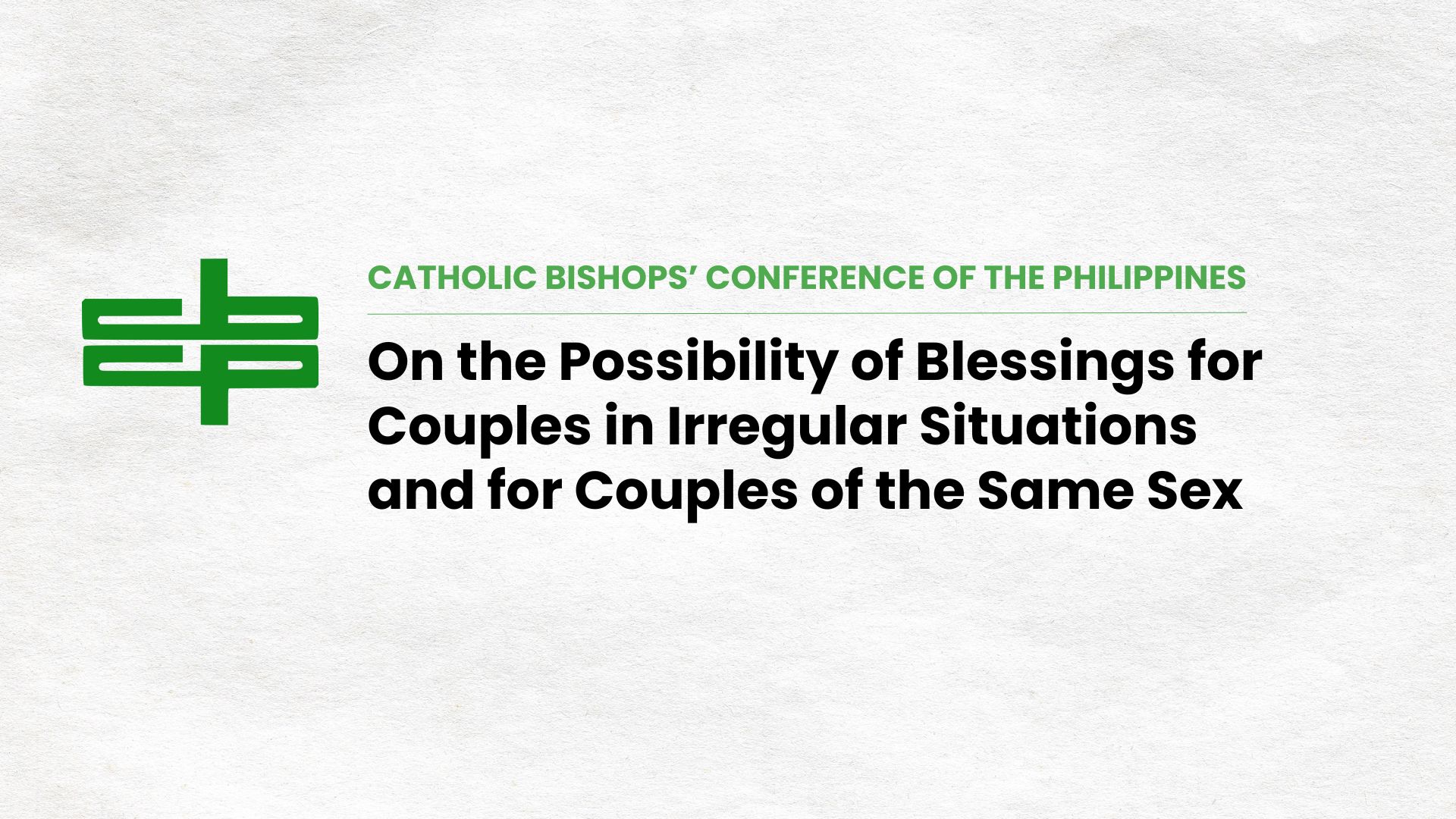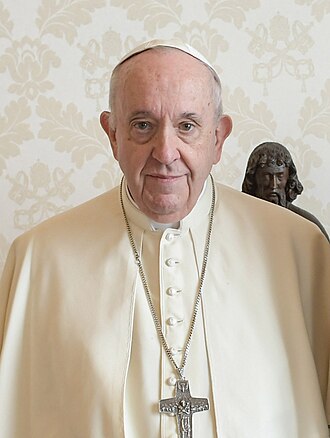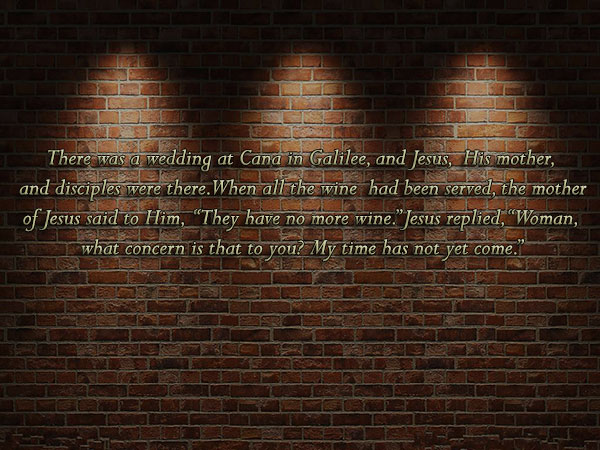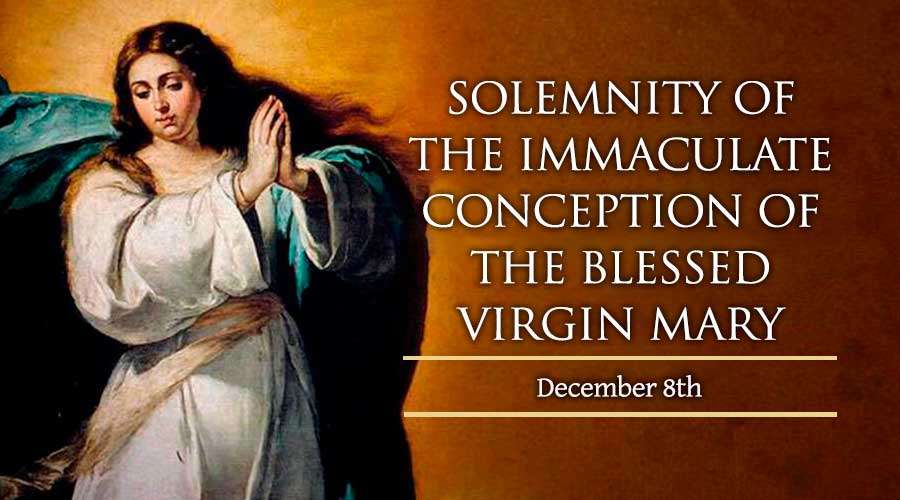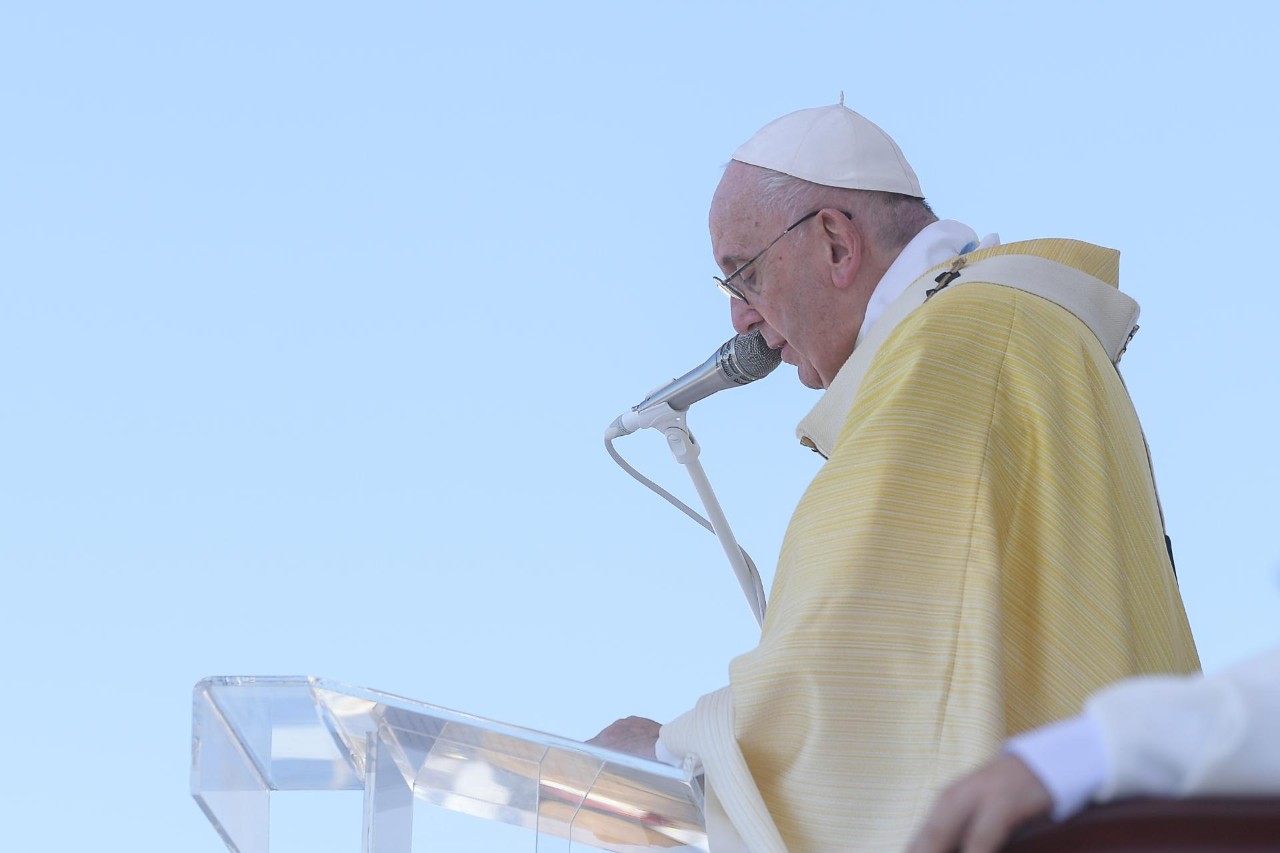
VATICAN MEDIA
BUDAPEST, Hungary— Here is the full text of Pope Francis’ homily during the closing Mass of the 52nd International Eucharistic Congress on Sept. 12:
At Caesarea Philippi, Jesus asks his disciples: “Who do you say that I am?” (Mk 8:29). For the disciples, this question proves decisive; it marks a turning point in their journey with the Master. They knew Jesus; they were no longer novices. They were close to him; they had seen his many miracles, been touched by his teaching, and followed him wherever he went. Yet, they were not ready to think like him. They had to take that decisive step, from admiring Jesus to imitating Jesus. Today too, the Lord looks at each of us personally and asks: “Who am I – in fact – for you?” Who am I for you? This question, addressed to each of us, calls for more than a quick answer straight out of the catechism; it requires a vital, personal response.
That response renews us as disciples. It takes place in three steps, steps that the disciples took and that we too can take. It involves first, proclaiming Jesus; second, discerning with Jesus and third, following Jesus.
Proclaiming Jesus. The Lord asks: “Who do you say that I am?” Peter, speaking for the others, replies: “You are the Christ”. Peter said it all in these few words; his answer was correct, but then, surprisingly, Jesus “charged them to tell no one about him” (v. 30). Let us ask ourselves: Why so radical a prohibition? There was a very good reason: to call Jesus the Christ, the Messiah, is correct, but incomplete. There is always the risk of proclaiming a false messianism, one of human origins, not from God. Consequently, from that time on, Jesus gradually reveals his real identity, the “paschal” identity we find in the Eucharist. He explains that his mission will culminate in the glory of the resurrection, but only after the abasement of the cross. In other words, it would be revealed according to the wisdom of God, which, as Saint Paul tells us, “is not of this age or of the rulers of this age” (1 Cor 2:6). Jesus demands silence about his identity as the Messiah, but not about the cross that awaits him. In fact – the evangelist notes – Jesus then began to teach “openly” (Mk 8:32) that “the Son of man must suffer many things, and be rejected by the elders and the chief priests and the scribes, and be killed, and after three days rise again” (v. 31).
Before these daunting words of Jesus, we too can be dismayed, taken aback. We too would prefer a powerful Messiah rather than a crucified servant. The Eucharist is here to remind us who God is. It does not do so just in words, but in a concrete way, showing us God as bread broken, as love crucified and bestowed. We can add ritual elements, but the Lord is always there in the simplicity of Bread ready to be broken, distributed and eaten. He is there: to save us, Christ became a servant; to give us life, he accepted death. We do well to let ourselves be taken aback by those daunting words of Jesus. And whoever is open to these words is open to the second step.
Discerning with Jesus. Peter’s reaction to the Lord’s announcement is typically human: as soon as the cross, the prospect of pain, appears, we rebel. After having just confessed that Jesus is the Messiah, Peter is scandalized by the Master’s words and tries to dissuade him from following that course. Today, as in the past ever, the cross is not fashionable or attractive. Dear brothers and sisters, the cross is never in fashion. Yet it heals us from within. Standing before the crucified Lord, we experience a fruitful interior struggle, a bitter conflict between “thinking as God does” and “thinking as humans do”. On the one hand, we have God’s way of thinking, which is that of humble love. A way of thinking that shuns imposition, ostentation and every form of triumphalism, and always aims at the good of others, even to the point of self-sacrifice. On the other hand, we have our human way of thinking: this is the wisdom of the world, of worldliness, attached to honour and privileges, and grasping for prestige and success. Here the things that count are self-importance and power, whatever attracts the most attention and respect in the eyes of others.
Blinded by that way of thinking, Peter takes Jesus aside and reproaches him (cf. v. 32). Before, he had confessed him as the Messiah; now he reproaches him. We too can take the Lord “aside”, shove him into a corner of our heart and continue to think of ourselves as religious and respectable, going our own way without letting ourselves be affected by Jesus’ way of thinking. Yet here is the truth: he is ever at our side in this interior struggle, because he wants us, like the Apostles, to take his side. There is God’s side and the world’s side. The difference is not between who is religious or not, but ultimately between the true God and the god of “self”. How distant is the God who quietly reigns on the cross from the false god that we want to reign with power in order to silence our enemies! How different is Christ, who presents himself with love alone, from all the powerful and winning messiahs worshiped by the world! Jesus unsettles us; he is not satisfied with declarations of faith, but asks us to purify our religiosity before his cross, before the Eucharist. We do well to spend time in adoration before the Eucharist in order to contemplate God’s weakness. Let us make time for adoration, a way of praying too frequently forgotten. Let us make time for adoration. Let us allow Jesus the Living Bread to heal us of our self-absorption, open our hearts to self-giving, liberate us from our rigidity and self-concern, free us from the paralyzing slavery of defending our image, and inspire us to follow him wherever he would lead us, not where I want. And so, we come to the third step.
Walking behind Jesus and also walking with Jesus. “Get behind me, Satan” (v. 33). With this stern command, Jesus brings Peter back to himself. Whenever the Lord commands something, he is already there to give it. Peter thus receives the grace to step back and once more get behind Jesus. The Christian journey is not a race towards “success”; it begins by stepping back – remember this: the Christian journey begins by stepping back – finding freedom by not needing to be at the centre of everything. Peter realizes that the centre is not his Jesus, but the real Jesus. He will keep falling, but in passing from forgiveness to forgiveness, he will come to see more clearly the face of God. And he will pass from an empty admiration for Christ to an authentic imitation of Christ.
What does it mean to get behind Jesus? It is to advance through life with Jesus’ own confident trust, knowing that we are beloved children of God. It is to follow in the footsteps of the Master who came to serve and not be served (cf. Mk 10:45). It is to step out each day to an encounter with our brothers and sisters. The Eucharist impels us to this encounter, to the realization that we are one Body, to the willingness to let ourselves be broken for others. Dear brothers and sisters, let us allow our encounter with Jesus in the Eucharist to transform us, just as it transformed the great and courageous saints you venerate. I am thinking in particular of Saint Stephen and Saint Elizabeth. Like them, may we never be satisfied with little; may we never resign ourselves to a faith based on ritual and repetition, but be ever more open to the scandalous newness of the crucified and risen God, the Bread broken to give life to the world. In this way, we will be joyful ourselves and bring joy to others.
This International Eucharistic Congress marks the end of one journey, but more importantly, the beginning of another. For walking behind Jesus means always looking ahead, welcoming the kairos of grace, and being challenged every day by the Lord’s question to each of us, his disciples: Who do you say that I am?
Source: https://cbcpnews.net/cbcpnews/full-text-pope-francis-homily-at-closing-mass-of-iec-in-budapest/



